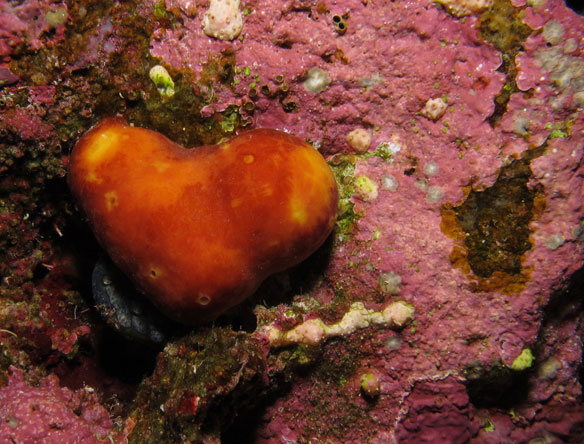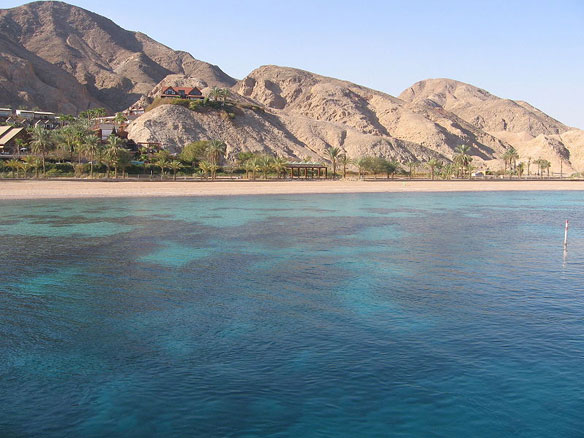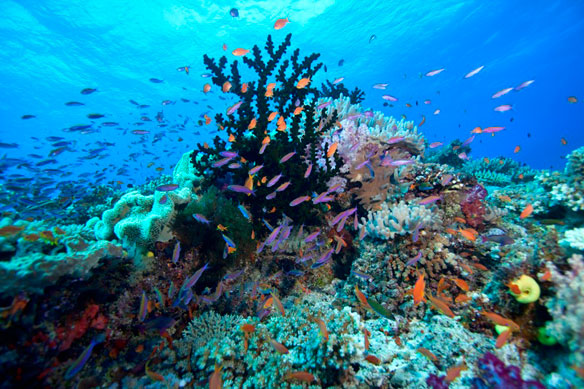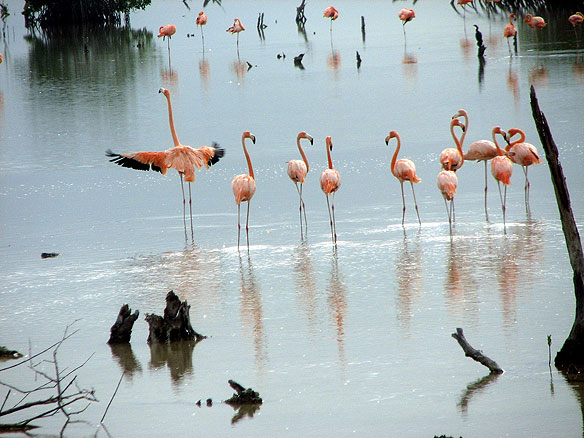Sponges Help Coral Reefs Thrive In Ocean Deserts

The mystery of how coral reefs thrive in “ocean deserts” has been solved, scientists say.
How Not to Love Nature: Shove a Coal Plant Next to Earth’s Biggest Mangrove Forest

Tigers have long provided the best defense for Bangladesh’s Sundarbans National Park, the planet’s largest mangrove forest and a UNESCO World Heritage site. These days, however, environmentalists are alarmed by a more insidious threat to the park’s future: a massive 1,320-MW coal-fired power plant that’s due to be constructed just 14 km away, in the city of Rampal.
A Quest For Resilient Reefs

All the coral reefs in the world together occupy less than one percent of the ocean seafloor, a tiny area of the global ocean. Yet 25 percent all ocean species, an estimated 9 million species, are found on coral reefs. Also, coral reefs are barriers that protect coastlines from sea-level rise and storm surges. It is estimated that coral reefs provide about $375 billion to the global economy each year.
Eilat’s Corals Stand Better Chance of Resilience Than Other Sites

While the frequency of coral bleaching is globally increasing, no bleaching event has been observed in the Gulf of Eilat/Aqaba, even when nominally bleaching conditions prevail.
Clues in Coral Bleaching Mystery

Coral reefs are tremendously important for ocean biodiversity, as well as for the economic and aesthetic value they provide to their surrounding communities. Unfortunately they have been in great decline in recent years, much of it due to the effects of global climate change.
Where Can Coral Reefs Relocate to Escape the Heat?

The best real estate for coral reefs over the coming decades will no longer be around the equator but in the sub-tropics, new research from the University of Bristol suggests.
‘Street-View’ Comes to the World’s Coral Reefs

Scientists are taking the public with them to study the world’s coral reefs, thanks to 360 degree panoramas from Google’s underwater street-view format. Only 1% of humanity has ever dived on a coral reef and by making the experience easily accessible the survey will help alert millions of people around the world to the plight of coral reefs…
Bombs Dropped on Great Barrier Reef Marine Park

Two American fighter jets dropped four unarmed bombs into Australia’s Great Barrier Reef Marine Park last week, when a training exercise went wrong, the US Navy said, angering environmentalists…
Measuring CO2 in Green Ecosystems of the Mexican Caribbean

Jungles, forests, mangroves, swamps and lagoons are natural carbon storehouses or “sinks” in the Caribbean regions of Mexico. But now studies are being conducted to measure their capacity for absorbing carbon dioxide from the atmosphere.
